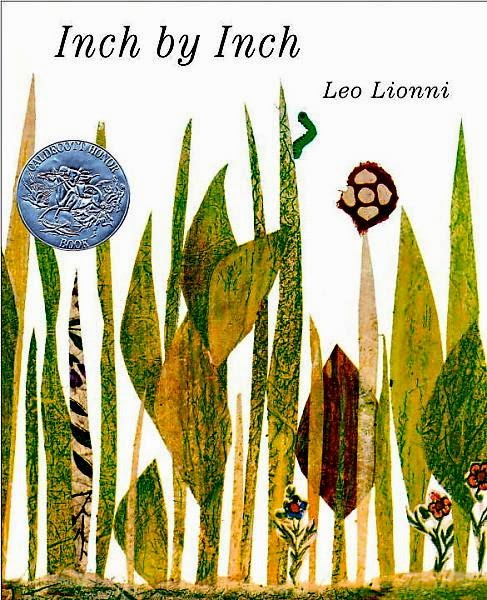Applegate, K. (2009). Home of the Brave. N.p.: Feiwel and Friends.
Home
of the Brave is a book about a refugee from Sudan named Kek. Kek gets sent to
America to live with his cousin. Kek has to adjust to his new life in America.
There are many challenges Kek has to face as everything is different then what
he was used to in his country. Kek’s life begins to change and adjust as he
meets welcoming people in his life that help him overcome the challenges of
being in a new country.
This
book is one that I could not put down. In fact, when I was on the last page, I
was terribly sad to find out that the book was over. I was totally enthralled
and wrapped up into Kek’s life. I wanted to know what Kek’s life would become.
The book is excellent in describing the many situations refugees and other
people who are new to America might experience when they arrive. I was able to
see this book from both perspectives as I had just been to a country in Africa
right next to Sudan and I could relate so well with the situations Kek talked
about in his book. It was neat to be able to see the book from both sides. I’ll
be sending this book to a friend of mine living in Uganda.
This
book is high quality literature for absolutely sure. The book represents a
diversity of people, and does not stereotype them into one set of people. The
book does an accurate job of representing the life of both a refugee from Sudan
and their feelings and the feelings and lives of American’s here. The African
Proverbs listed between “Parts” in the book made an awesome addition to the
story.
The
book is written in a type of poem format. All of the book isn’t necessarily
written as a poem would sound, but it makes the read a lot easier to follow
along with, and easier on the eyes. The book never seems overwhelming or long.
The book is great for all ages. I would say that the youngest age I’d recommend
read the book would be about 3rd grade. Younger children could read
this book, but I would have an adult read it with them as there is some content
that could be difficult for children to handle and understand without being
explained thoroughly.
Setting:
Summer, Winter, Fall, Spring – lots of times with snow, in America-
country-side- then in Sudan, village
Theme:
A boy adjusts to his new American home and goes through struggles to overcome,
endure, and survive and be happy
Mood:
Filled with excitement, laughs, sadness, joy, jubilation, and tears this book
is filled with several mood changes, drawing the reader directly into the life
of Kek.
Age
Range- 8+ [younger with guided reading]
Classroom
Discussion: I would use this book to discuss issues about being in a new place,
or welcoming new people into our lives. For example, if we have new student’s
in our class, how should we treat them? What times have we felt isolated or
excluded? Also- I would follow-up by having children create a diorama of their
own lives at home and we would talk about how everyone is different, but how
can we unite together to be welcoming and loving to those around us while
understanding how our differences can bring us closer together.
Lexile: Not listed- but I would rate at about 530L
Here is a poem I wrote inspired by where Kek is from.
Where Kek’s From Poem- by Courtney Dunn
I
am from people the color of earth
We
all share our food supplies and worth
Where
one goes
Everyone
else knows
I
am from people brave and strong
Always
carrying the weaker one along
We
are a team
A
village, a community
Where
I’m from we love each other
Not
in shiny cars or monetary measures
But
with warm delighted smiles
And
freshly cooked meals
I
am from a people
Half
dead and half strong
Sharing
our regrets in tiny steeples
Helping
each other get along
I
am from a town
A
town that’s never cold
The
sunshine and heat embrace us
As
rich as freshly carved gold
I
am from a place
That
I miss more each day
As
long as I’m away
I
wait for my redemptive day






















